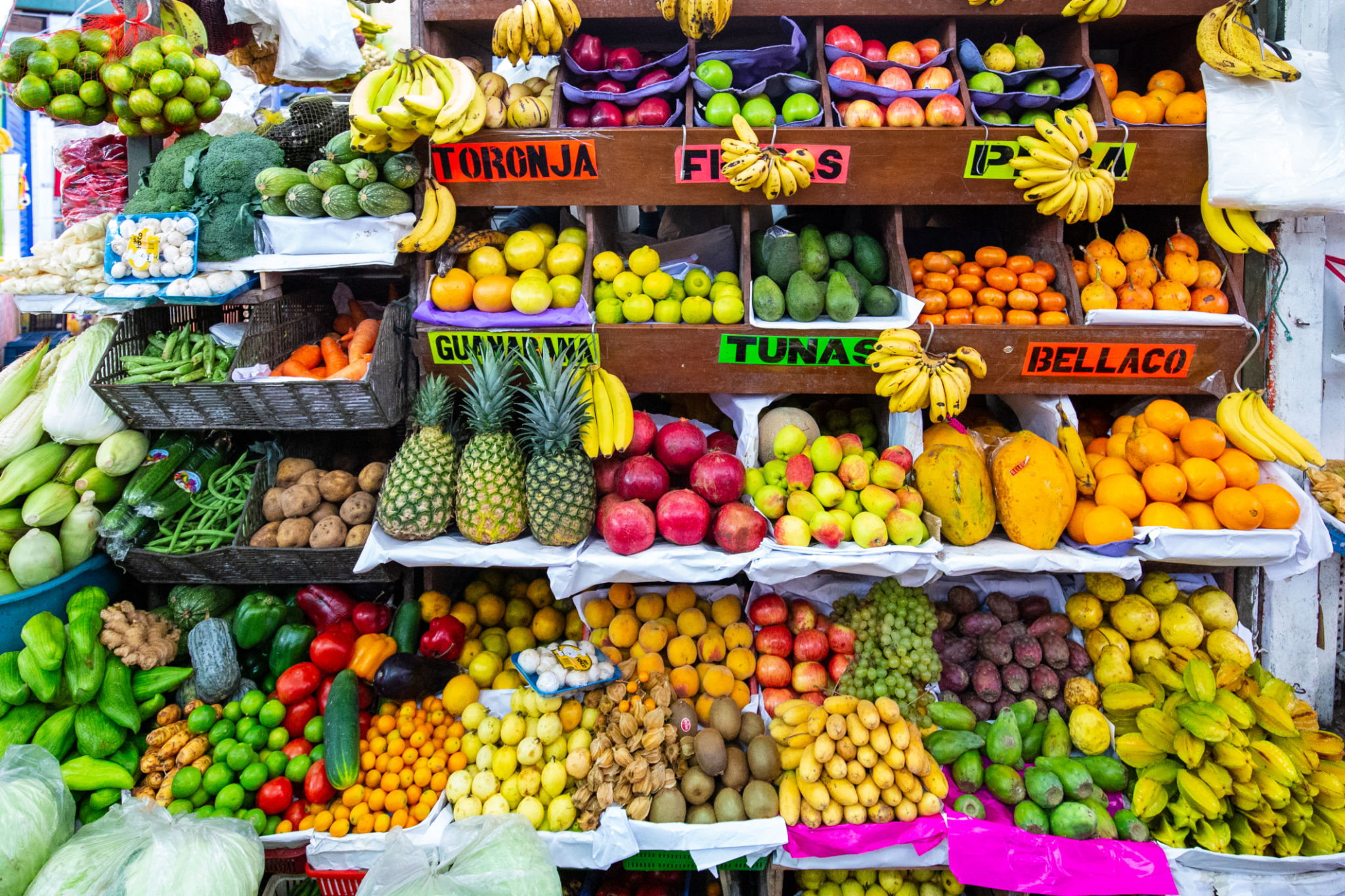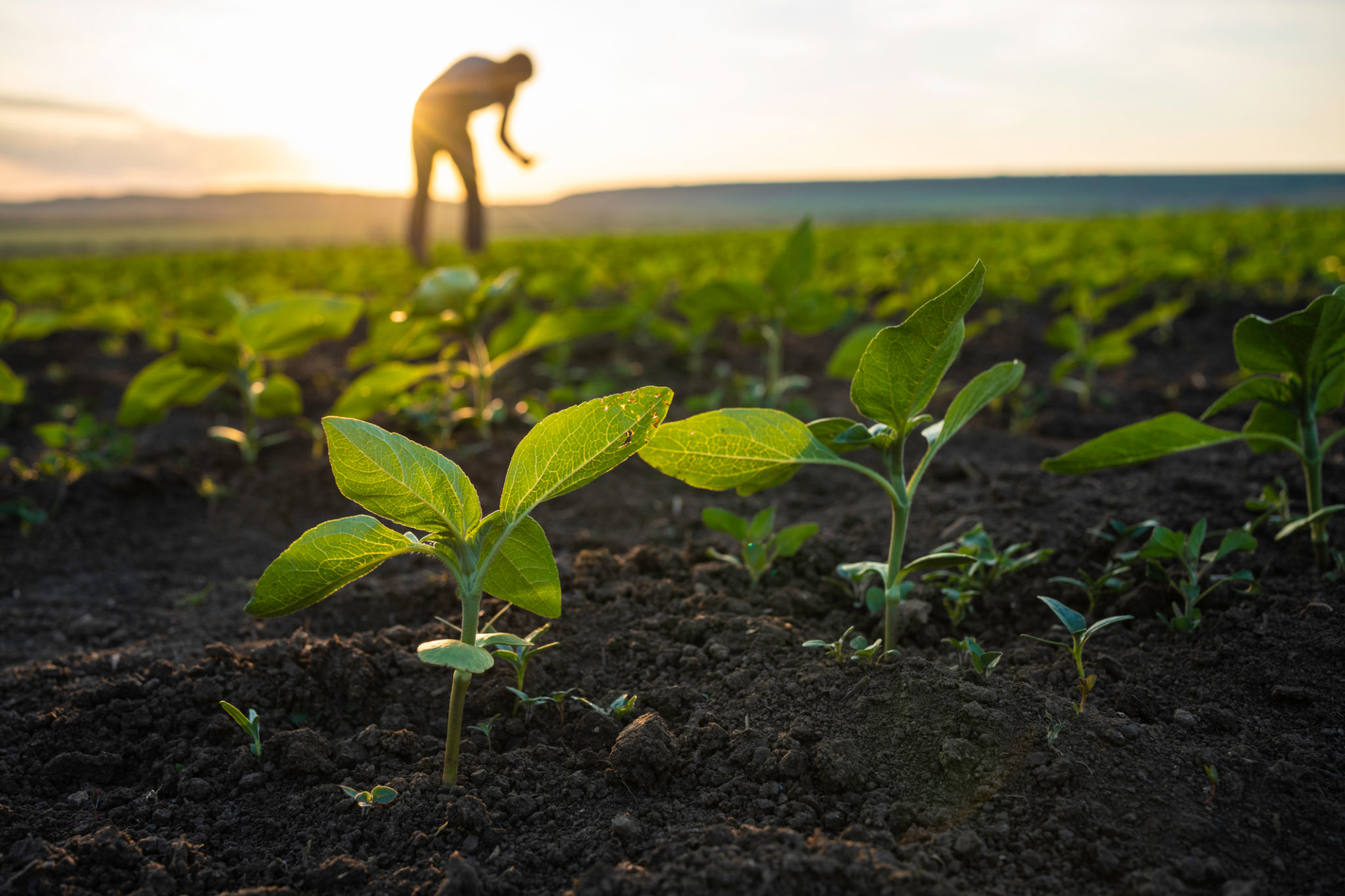Case Study: Successful Strategies for Exporting Peruvian Produce
Introduction to Peruvian Produce Exportation
Peru has gained international recognition for its diverse and high-quality agricultural products. From the nutrient-rich quinoa to the vibrant and juicy mangoes, Peruvian produce is making waves in global markets. This case study explores the successful strategies employed by Peruvian producers and exporters to penetrate and thrive in international markets.

Understanding the Global Demand
Before venturing into exportation, understanding global demand is crucial. Peruvian exporters have capitalized on the growing consumer interest in superfoods and organic produce. This trend has been particularly evident in North America and Europe, where consumers increasingly prefer healthy and sustainable food options. By aligning their offerings with these preferences, Peruvian exporters have successfully captured a significant market share.
Additionally, comprehensive market research has allowed these exporters to identify niche markets that highly value exotic fruits and vegetables. This strategic approach has facilitated targeted marketing efforts and optimized resource allocation.
Leveraging Quality and Sustainability
The quality of Peruvian produce is a significant selling point. Farmers and exporters have prioritized maintaining high standards through organic farming practices and quality control measures. Certification from international bodies like Fair Trade and USDA Organic further boosts consumer confidence in Peruvian products.

Sustainability is another key factor. Many Peruvian producers are committed to environmentally friendly practices, such as reducing water use and minimizing chemical inputs. These efforts not only appeal to eco-conscious consumers but also ensure long-term viability in the global market.
Building Strong International Partnerships
Strategic partnerships with international distributors and retailers have been instrumental in expanding the reach of Peruvian produce. By fostering strong relationships with key players in target markets, Peruvian exporters have secured reliable distribution channels and enhanced brand visibility.
- Establishing joint ventures with foreign companies.
- Participating in international trade shows and exhibitions.
- Engaging in government-led trade missions.

Innovative Marketing Strategies
The use of innovative marketing strategies has played a crucial role in the success of Peruvian produce exports. Storytelling, for instance, has been effectively employed to highlight the unique origins and cultural significance of products like quinoa and maca. This approach resonates with consumers who value authenticity and heritage.
Moreover, digital marketing campaigns have broadened the reach of these products. Social media platforms, influencer partnerships, and e-commerce have all been leveraged to create awareness and drive sales.
Navigating Regulatory Challenges
Exporting agricultural products requires compliance with various international regulations. Peruvian exporters have navigated these challenges by staying informed about changes in trade policies and standards. Engaging with legal experts and industry associations has also helped streamline compliance processes.

By maintaining a proactive approach to regulatory compliance, Peruvian exporters minimize the risk of disruptions and ensure smooth operations in foreign markets.
Conclusion
The success of Peruvian produce exportation is a testament to the country's strategic approach and commitment to quality. By understanding global demand, focusing on sustainability, building strong partnerships, employing innovative marketing strategies, and navigating regulatory challenges, Peru has positioned itself as a formidable player in the global agricultural market. As trends continue to evolve, these strategies will undoubtedly serve as a blueprint for other countries looking to expand their agricultural exports.
